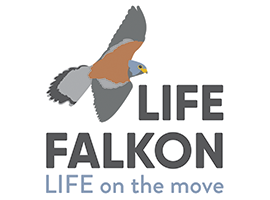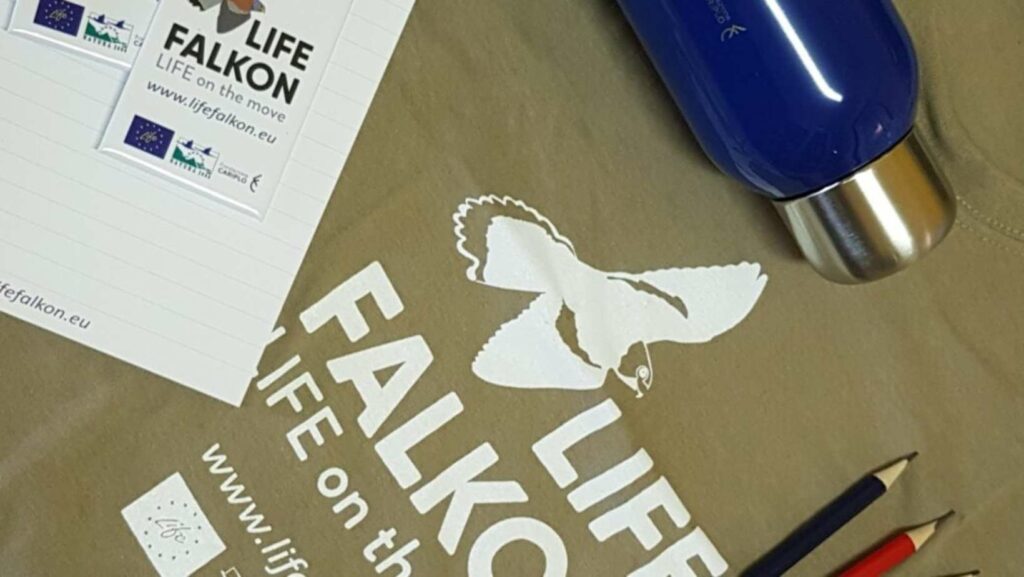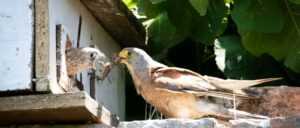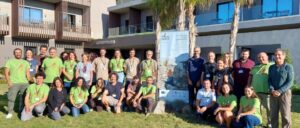
AT A GLANCE
The breeding range of the lesser kestrel (Falco naumanni) in the central-eastern Mediterranean area is shifting northwards due to climate change. LIFE FALKON is fostering resilience by improving the conservation status of the population at the north-eastern edge of its breeding range in Italy and Greece. The project will provide increased nesting opportunities, including nest boxes and towers, promote favourable rural development and building renovation practices, and establish a network of conservationists focused on populations crucial for the species’ northward breeding expansion.

OBJECTIVES
The project aims at:
- Improve foraging and nesting habitat quality in farmland areas and Natura 2000 sites (SPAs) where the species breeds in the project areas;
- Establish a collaborative international network to support the implementation of conservation actions, population monitoring programmes and knowledge sharing across the central-eastern Mediterranean region, and foster replicability and transferability of project actions in south-eastern Europe;
- Promote public awareness concerning the lesser kestrel and biodiversity conservation in the north-eastern margins of its breeding range, with an emphasis on environmental education;
- Obtain an accurate assessment of the conservation status of those populations that are considered crucial for the species’ northward breeding expansion.


